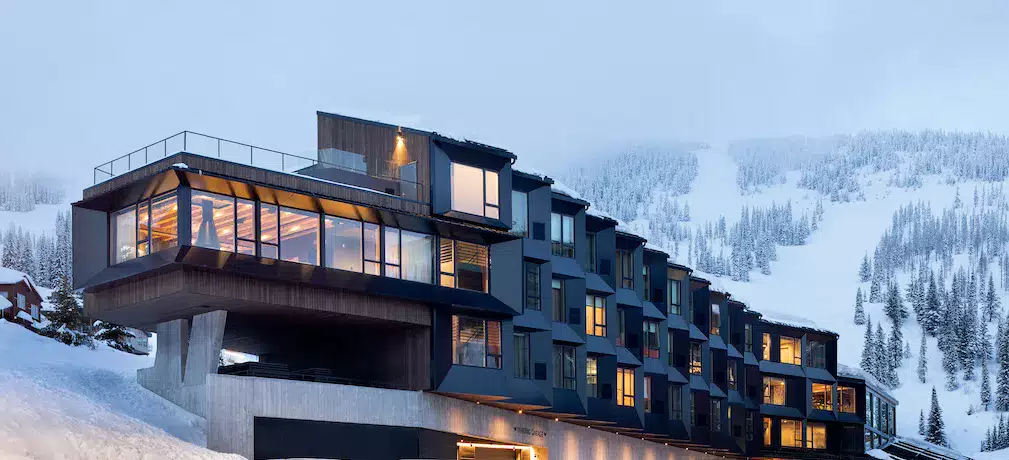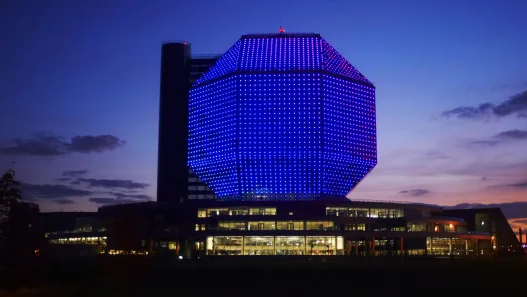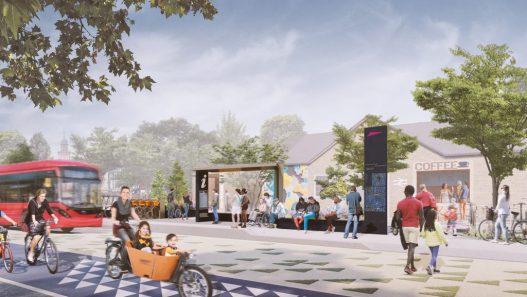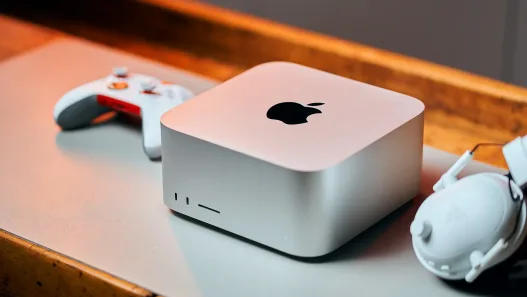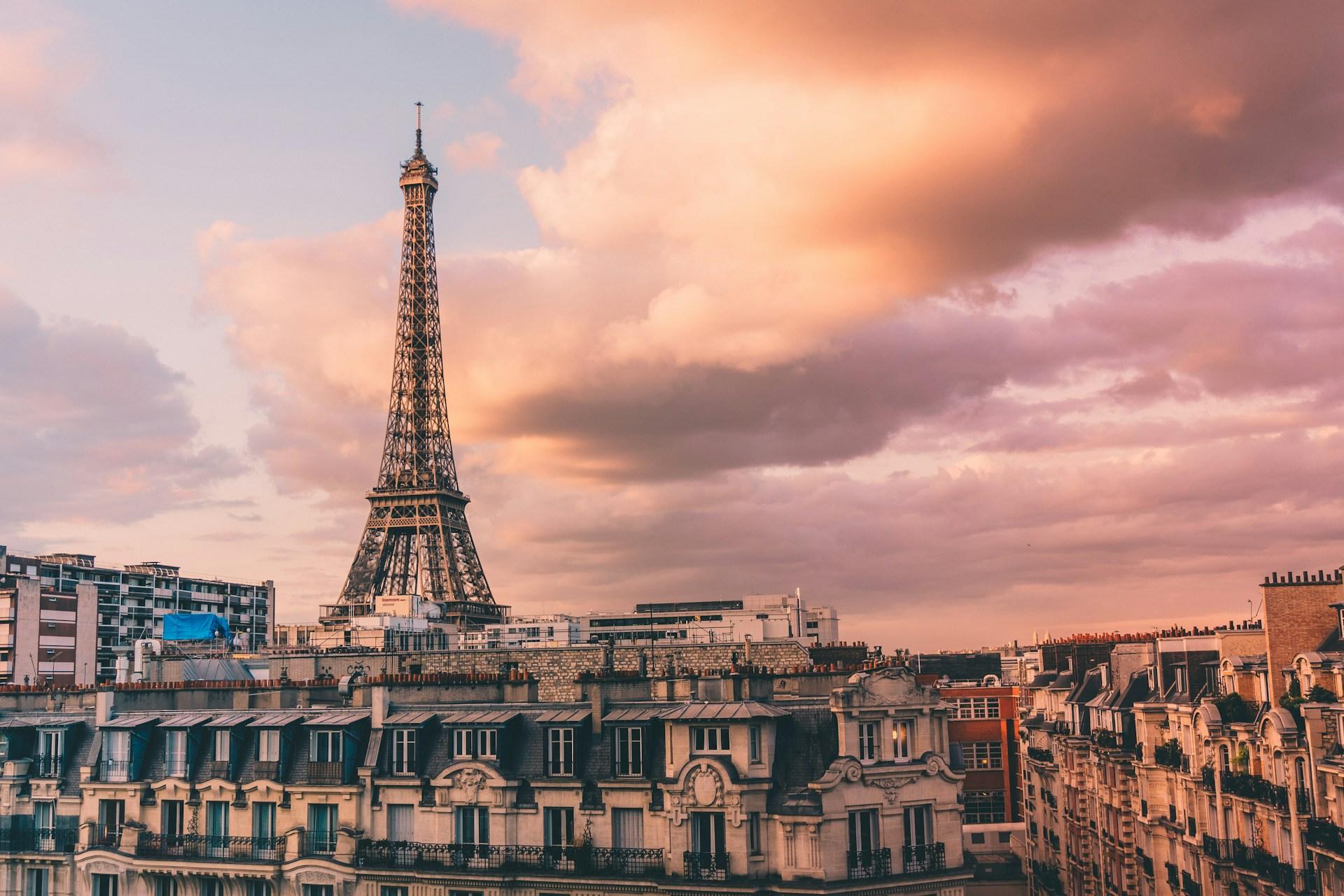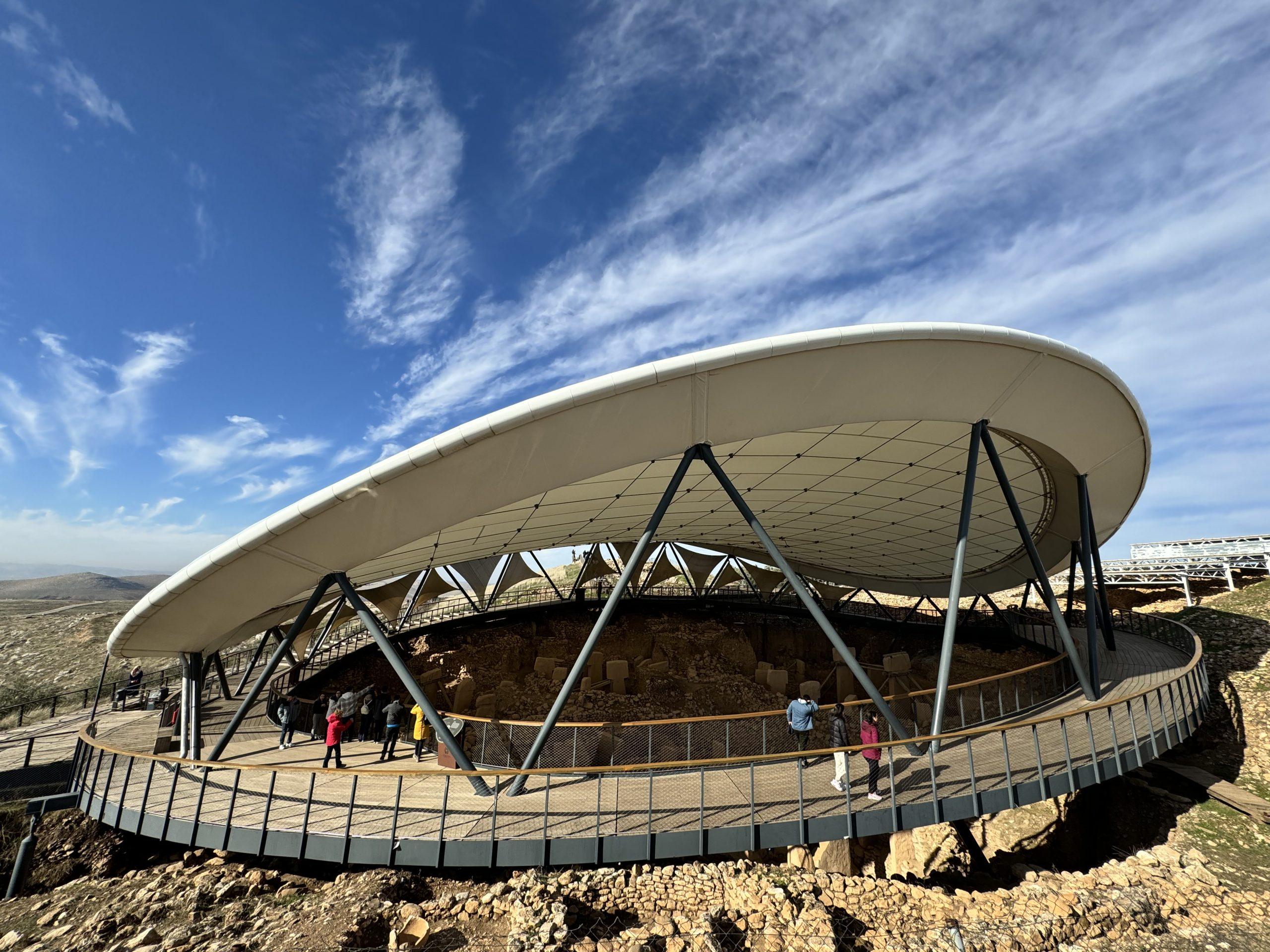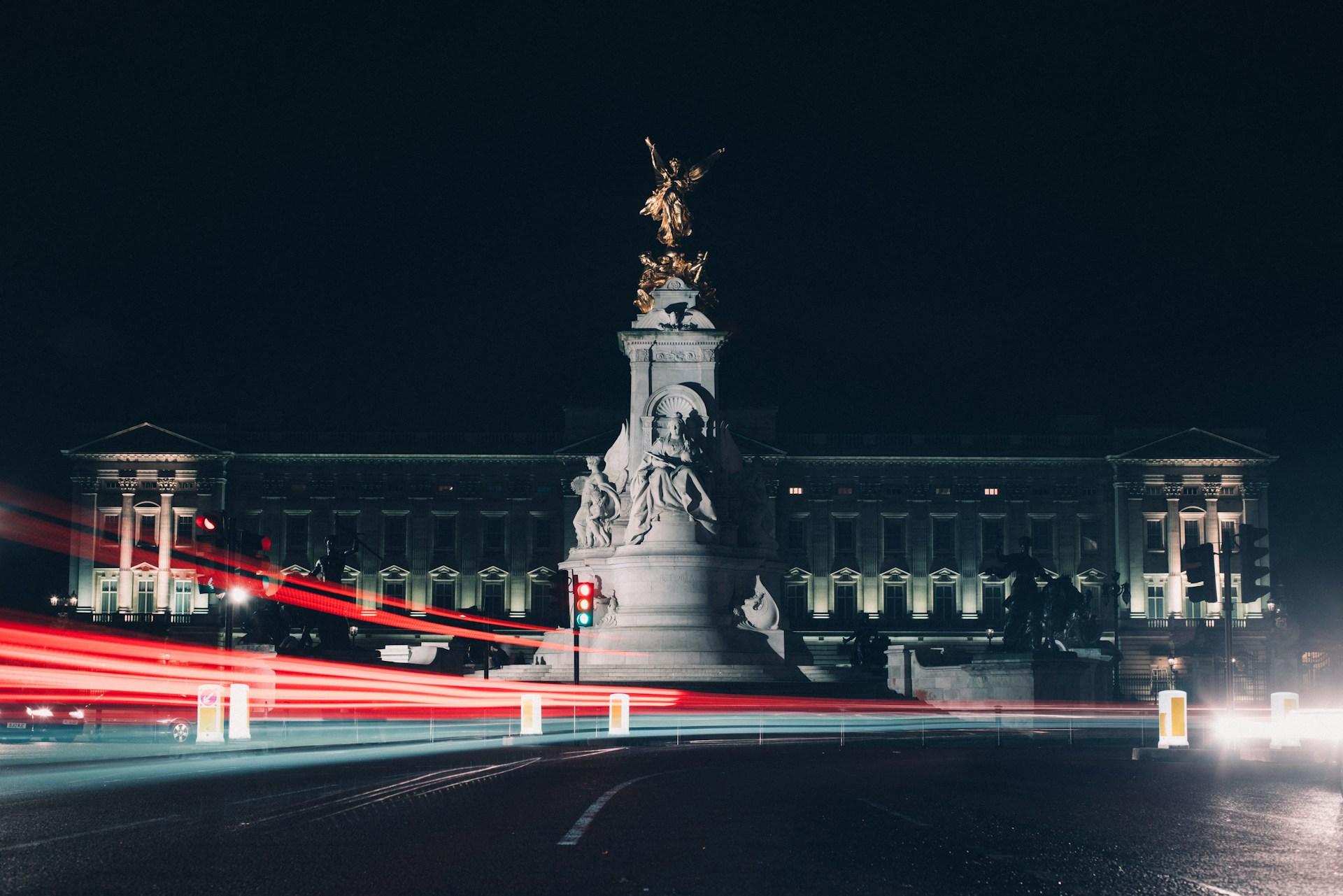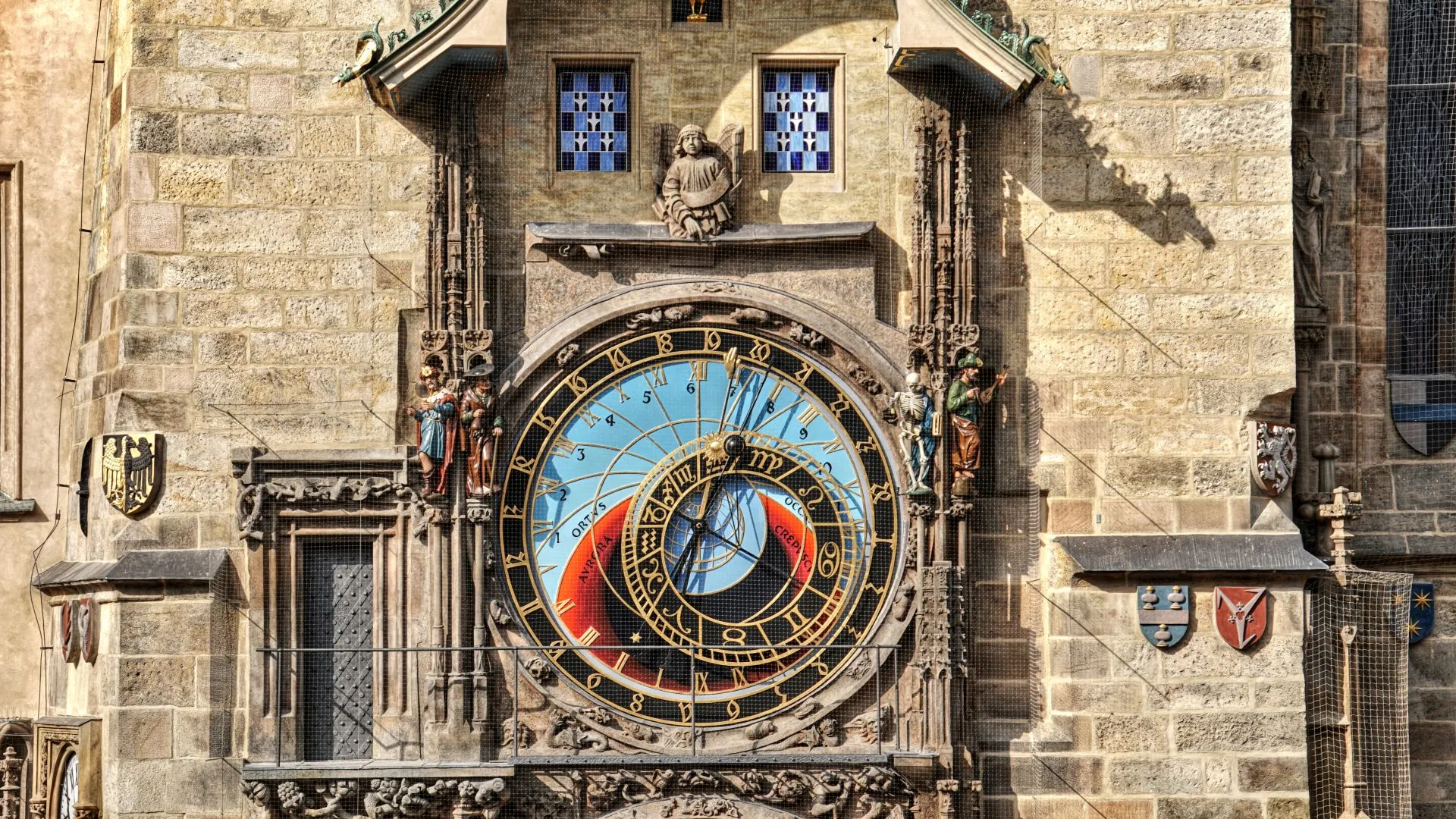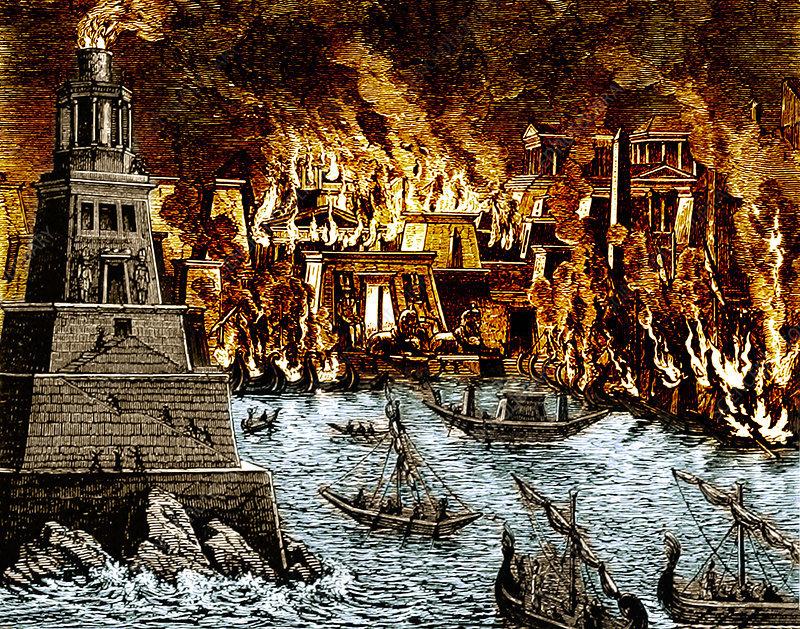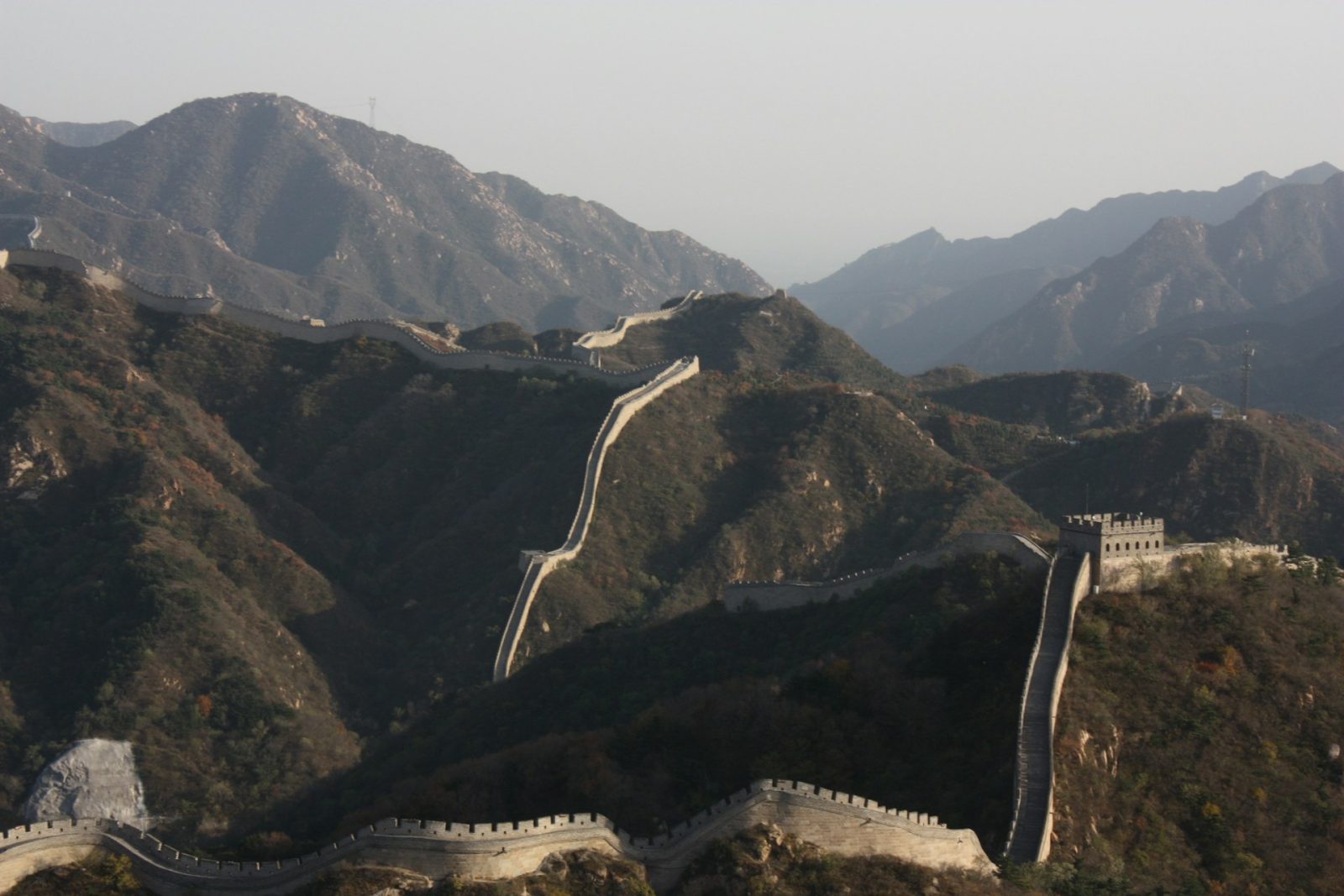Eyfel Kulesi, dünya üzerindeki en ikonik yapılar arasında yer alan ve Paris’in sembolü haline gelmiş bir yapıdır. 1889 yılında tamamlanmış olan bu muhteşem kule, Fransız mühendis Gustave Eiffel tarafından tasarlanmıştır. O zamandan beri, ziyaretçileri etkileyen ve hayranlık uyandıran bu demir kule, mimari açıdan eşsiz bir yapıt olarak kabul edilir.
Eyfel Kulesi’nin etkileyici yapısına baktığınızda, mükemmel bir mühendislik harikasıyla karşılaşırsınız. Yüksekliği 324 metre olan kule, 1889’da gerçekleştirilen Paris Dünya Fuarı için yapılmıştır ve başlangıçta sadece geçici bir yapı olarak düşünülmüştür. Ancak, kısa sürede kentin sembolü haline gelmiş ve kalıcı bir yapı olarak kalmıştır.
Eyfel Kulesi’nin estetik açıdan çarpıcı görüntüsü, her yıl milyonlarca turisti kendine çekmektedir. Her katta farklı bir perspektif sunan kule, ziyaretçilere Paris‘in muhteşem manzarasını seyretme imkanı sunar. Ayrıca, kuleye çıkan asansörle ya da merdivenlerle tırmanarak, eşsiz bir deneyim yaşamak mümkündür.
Bu eşsiz yapı, sadece mimari açıdan değil, aynı zamanda kültürel ve tarihi açıdan da büyük öneme sahiptir. İnşa edildiği dönemdeki teknolojik ilerlemeyi temsil eder ve Fransız kültürünün bir simgesi haline gelmiştir. Ayrıca, Eyfel Kulesi’nin hikayesi ve yapımıyla ilgili pek çok ilginç anekdot da bulunmaktadır, bu da onu daha da çekici kılar.
Gelin dünyanın en çok ziyaret edilen yapılardan biri olan bu muhteşem yapıyı hep beraber inceleyelim..
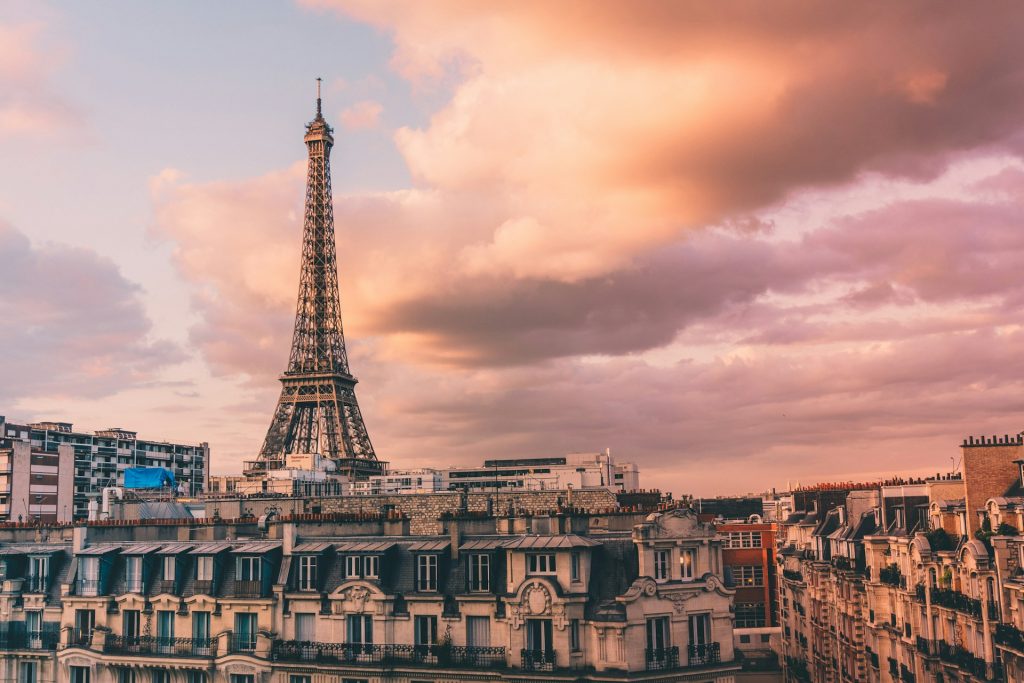
Main Information
- The Eiffel Tower is the symbol of Paris and one of the most recognizable structures in the world.
- The tower was built by Gustave Eiffel for the World Fair in 1889.
- Criticized at the time of its construction, it is now one of the most visited tourist attractions in Paris.
- With a height of 324 meters, the Eiffel Tower has remained the tallest structure in the world for many years.
- Its metallic structure and steel lattice design is considered a great feat of engineering and architecture.
- The tower attracts thousands of visitors a day and is a popular spot to get the best view of Paris.
- The Eiffel Tower has three levels, each offering different activities and views.
- The tower is also mesmerizing at night with its illumination and has become more than just a symbol of Paris.
- The Eiffel Tower has several ticket options for visitors, but booking in advance is recommended.
- A must-see for anyone traveling to Paris, the Eiffel Tower offers an unforgettable experience.
Eiffel Tower History and Construction Process
The Eiffel Tower is one of the most famous landmarks of Paris. Its construction began in 1887 and was completed in 1889. The history of the Eiffel Tower begins with the selection of Gustave Eiffel’s design. The Eiffel Tower was built for the World’s Fair organized after the French Revolution.
The construction process is quite remarkable. The Eiffel Tower was built by 300 engineers and 5,000 workers. In total, 18,038 parts were used during the construction process, which lasted 2 years, 2 months and 5 days. These parts were produced in pre-prepared workshops and assembled in the tower.
The construction, led by Gustave Eiffel, is a formidable feat of engineering. The Eiffel Tower was considered one of the tallest structures in the world at the time. During the construction process, strong winds, working conditions and engineering problems were encountered, but Eiffel’s vision was successfully completed despite these obstacles.




“The construction process of the Eiffel Tower is a leading example of the engineering technology of the time. The tower is considered an astonishing architectural achievement.”
The Eiffel Tower aroused great interest when it was completed and still exists as a popular attraction visited by tourists around the world. Its history and construction process emphasize the importance and uniqueness of the Eiffel Tower.
Eiffel Tower Designer and Construction Team
Together with the architects and engineers who realized the unique design of the Eiffel Tower, the design and construction team worked hard. The experts who brought this iconic structure to life overcame the architectural achievements and technical challenges of the Eiffel Tower to create a legacy that will go down in history.
The architect who played the main role in the design of the Eiffel Tower was Gustave Eiffel. Gustave Eiffel has a great reputation as a French engineer and designer. Thanks to his knowledge and experience, he created the distinctive and impressive design of the Eiffel Tower.
Gustave Eiffel’s vision was to build the Eiffel Tower in an extraordinary way. Working diligently with his construction team at every stage of the design and meticulously planning the details, he brought this architectural marvel to life.
The construction team successfully addressed the Eiffel Tower’s technical challenges of height, structural strength and durability. Using their creativity, the architects and engineers developed innovative methods and techniques to build the tower in iron and steel.
The team working on this challenging project was led by the state organization Société d’Exploitation de la Tour Eiffel (SET Eiffel). Thousands of workers, engineers and architects contributed to the construction process. This team came together to realize the extraordinary design.
Architect Gustave Eiffel
- An architect specializing in design and steel engineering.
- He was responsible for the basic design of the Eiffel Tower.
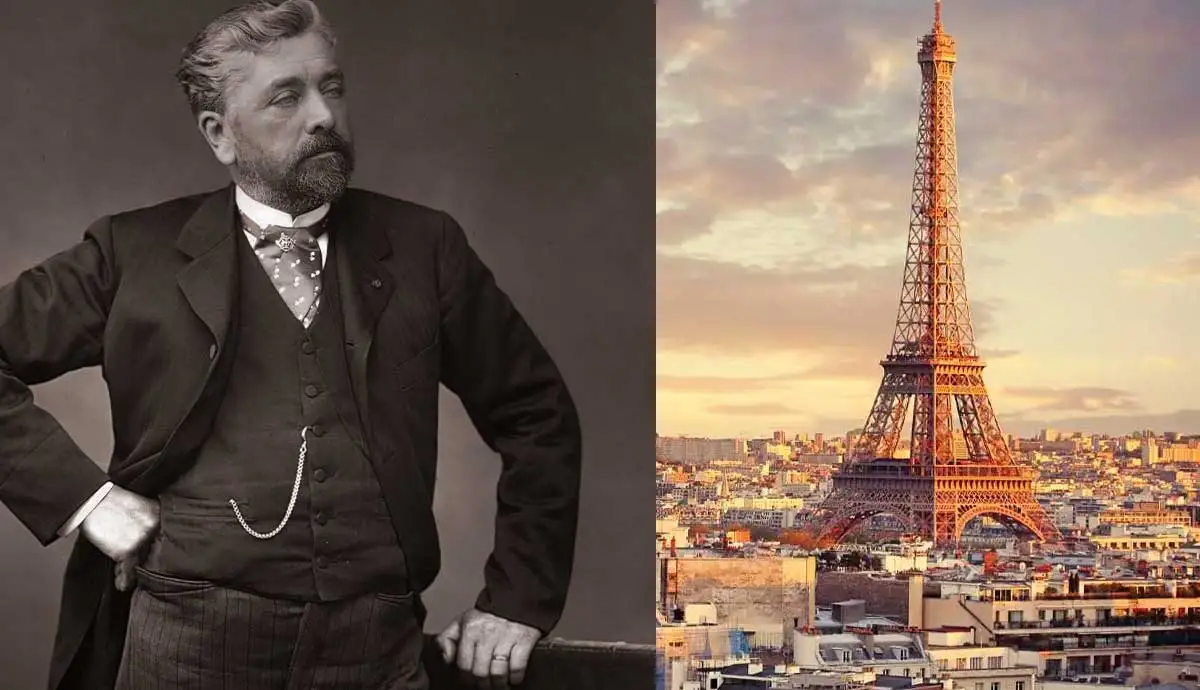
Construction Team
- A team of architects and engineers.
- They created innovative solutions to overcome technical challenges.
- They worked intensively on the construction of the Eiffel Tower.
Eiffel Tower Design Team
| Role | Name |
|---|---|
| Project Engineer | Emmanuel Nouguier |
| Concept Engineer | Anatole Compagnon |
| Technical Engineer | Maurice Koechlin |
| Steel Engineer | Jean-Baptiste Krantz |
| Civil Engineer | Charles-Claude Monselet |
The Eiffel Tower designer and construction team made history with their bold vision and dedication. Thanks to this talented team who made their dreams come true, the Eiffel Tower is still one of the most recognizable structures in the world today.
Architectural Features of the Eiffel Tower
The Eiffel Tower is one of the most recognizable architectural structures in the world. This historical building, which attracts attention with its majestic structure and unique details, has become the symbol of Paris. The architectural features of the Eiffel Tower attract attention with its functionality and creative design as well as the details that make the building unique.
The Eiffel Tower, which was a very bold design at the time it was built, has an iron skeleton system. Standing 330 meters high, the tower was completed in 1889. The tower has three floors, with different activities and venues on each floor.
Tower Height
The total height of the Eiffel Tower is 330 meters. The heights of the tower from ground level are as follows:
| Floor | Height (meters) |
|---|---|
| Ground Floor | 0 |
| First Floor | 57 |
| Second Floor | 115 |
| Third Floor | 276 |
On the third floor of the Eiffel Tower, there is an observation terrace with a spectacular view of the city. Here, in an open space surrounded by railings, visitors can discover the majestic view of Paris and take unforgettable photos.
Among the architectural features of the Eiffel Tower is its unique steel and iron skeletal structure. The skeletal system provides the tower with durability and visual aesthetics. The exterior of the tower features a breathtaking lighting system that illuminates the tower at night in a mesmerizing way.

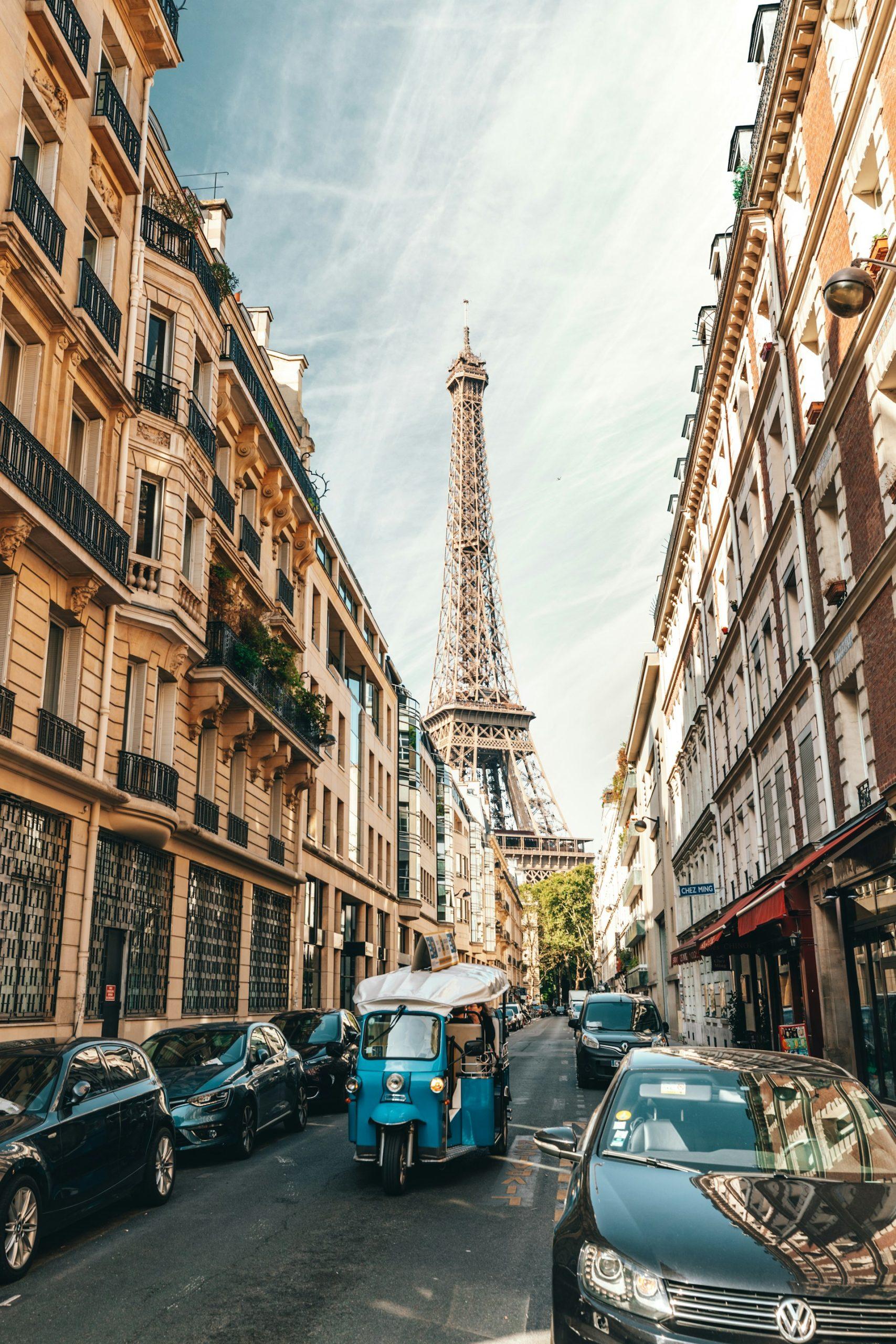

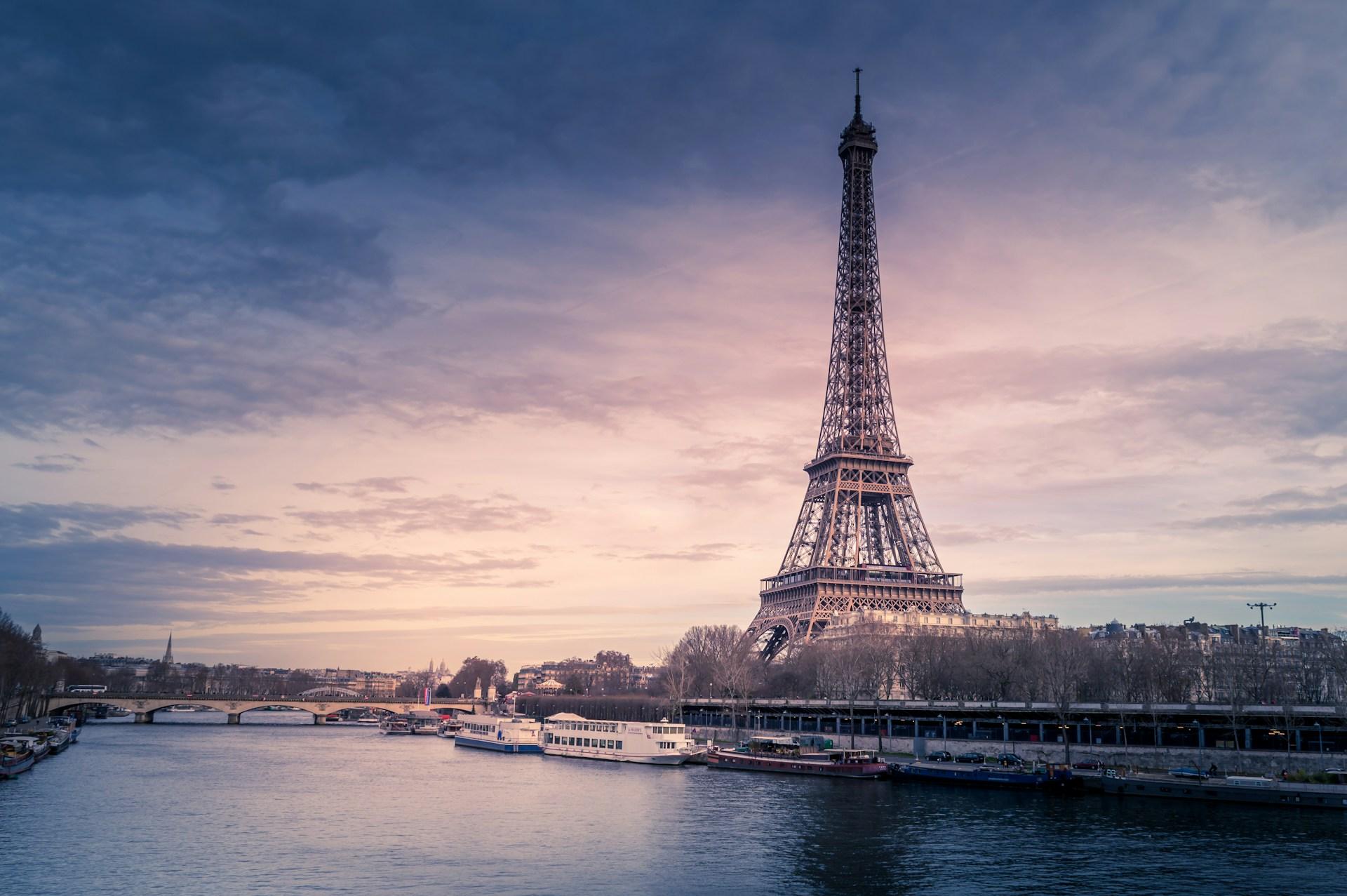

“The architectural design of the Eiffel Tower is shaped in a style ahead of its time. Its skeletal system and original details make it unique.”
The architectural features of the Eiffel Tower are studied with great interest by tourists and architecture enthusiasts. The unique design and impressive structure of the building is recognized as a masterpiece in the field of architecture. A close look at the architectural details of the Eiffel Tower will be an unforgettable experience for anyone visiting Paris.
Construction Materials of the Eiffel Tower
We give information about the materials and techniques used in the construction of the Eiffel Tower. The construction materials used during the construction of the Eiffel Tower are quite interesting. The tower was built from strong materials such as iron, steel and concrete. These materials, carefully selected during the construction process, ensured the Eiffel Tower’s durability.
“The durability of the materials used in the construction of the Eiffel Tower is remarkable. Iron and steel construction materials provide the tower with high strength.”
The materials used in the construction process are not only important in terms of strength, but also in terms of aesthetics. The materials chosen to clad the exterior of the Eiffel Tower give it a unique appearance. The construction team carefully combined steel elements to give the tower an elegant touch.
Examples of Construction Materials of the Eiffel Tower
| Material Type | Area of Use |
|---|---|
| Iron | Used in building frames. |
| Steel | Used in the building frame. |
| Concrete | Used in the foundation structure. |
| Metal Cladding | It was preferred for the cladding of the outer surface. |
The construction materials of the Eiffel Tower are important elements that support its robustness and aesthetic appearance. The harmonious use of these materials has given the tower a unique character.
Height and Floors of the Eiffel Tower
The Eiffel Tower is one of the symbolic landmarks of Paris. Known and admired all over the world for its height and floor layout, this iconic structure offers a unique experience to its visitors.
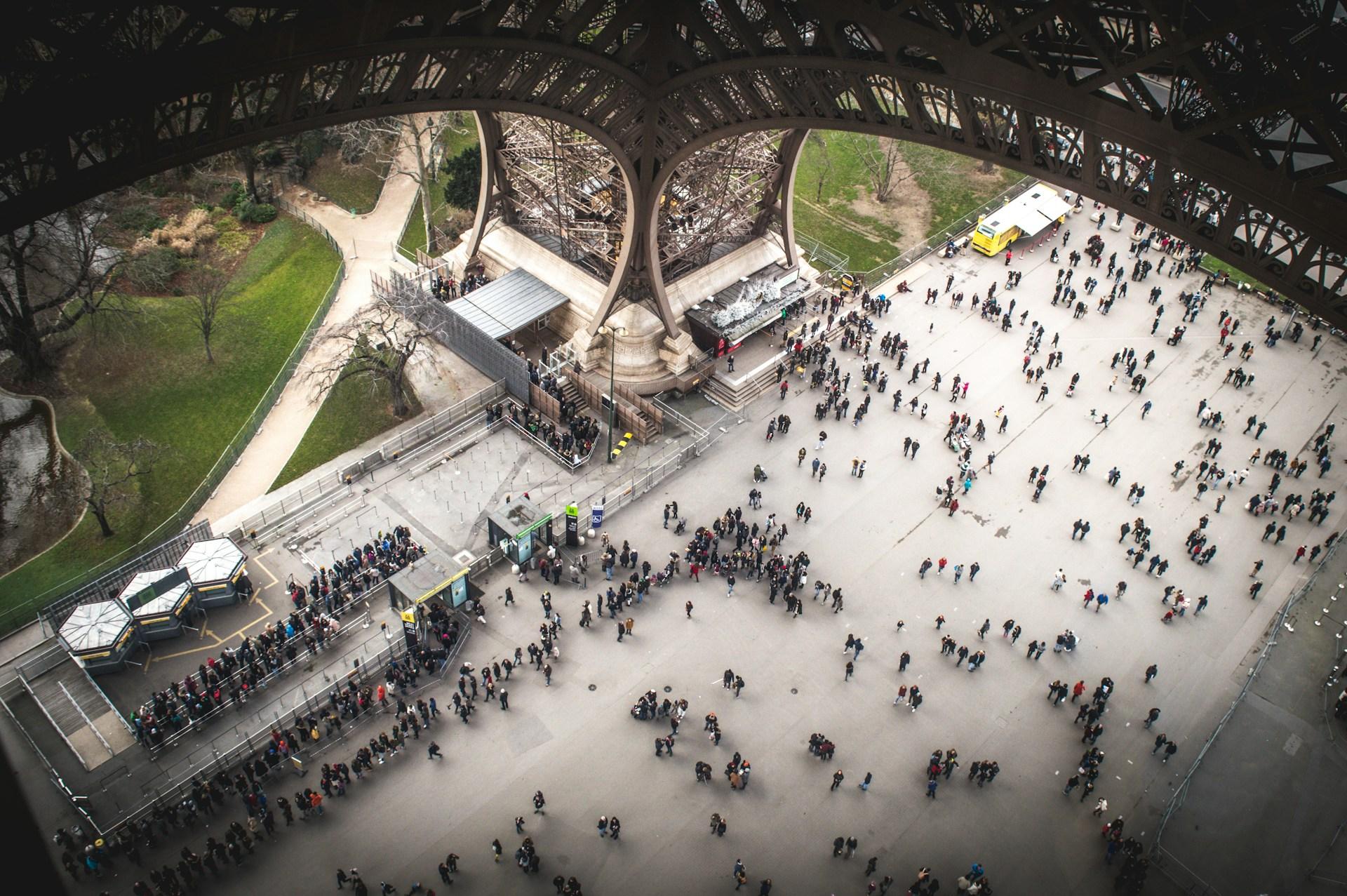
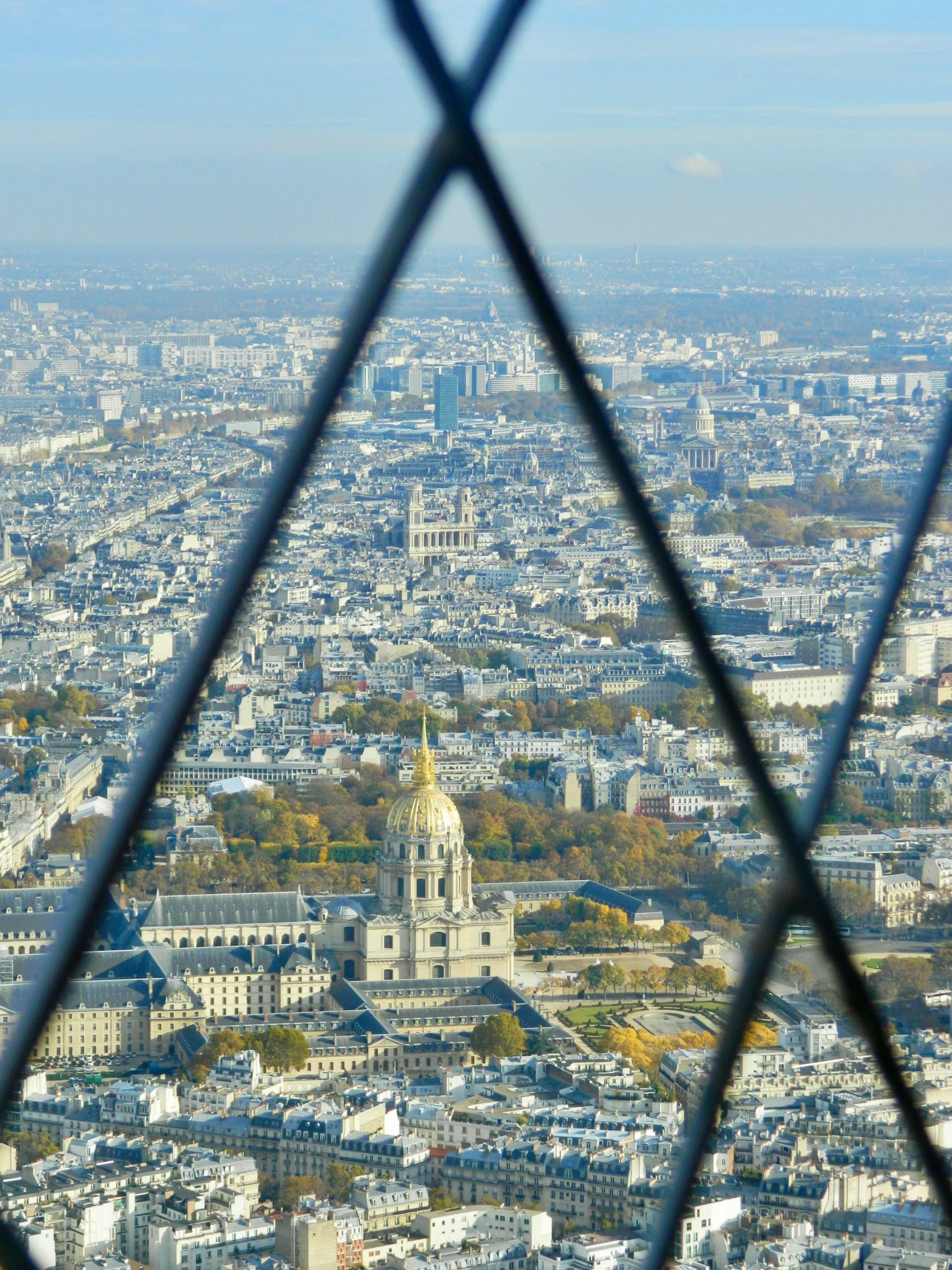

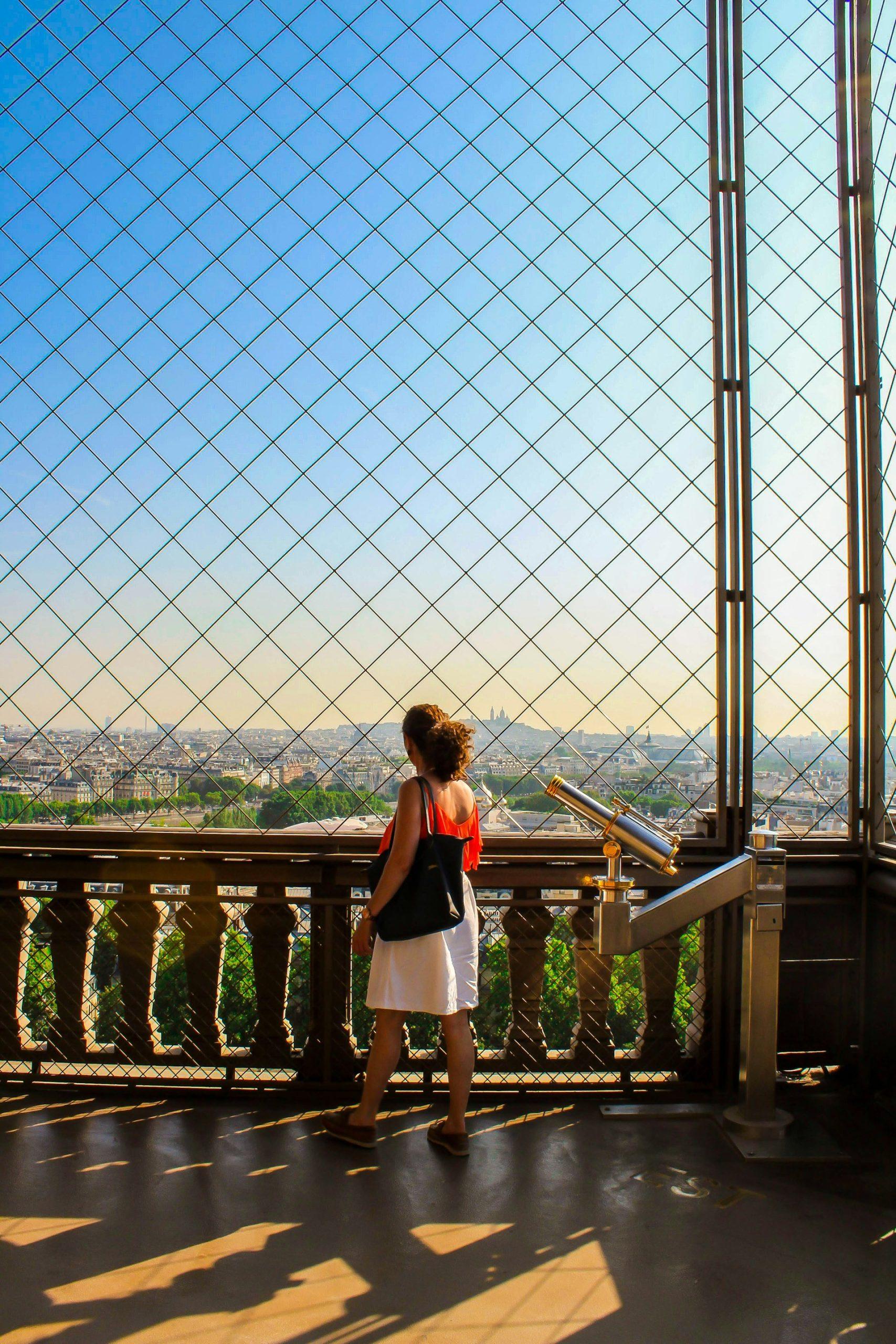

The total height of the Eiffel Tower is 324 meters. It has a total of three floors and an observation floor. The first two floors are 57 meters and 115 meters high. These floors house various service units such as restaurants and souvenir shops. The third floor is 276 meters high and offers a spectacular view.
| Floor | Height (meters) | Service Units |
|---|---|---|
| 1st floor | 57 | Restaurants, souvenir shops |
| 2nd floor | 115 | Restaurants, souvenir shops |
| 3rd floor (observation floor) | 276 | Landscape viewing area |
Elevators and stairs between the floors of the Eiffel Tower allow visitors to explore each floor with ease. In addition, various events and exhibitions are organized on different floors, offering visitors different experiences.
The height of the Eiffel Tower and the service units on its floors offer visitors an unforgettable experience and the opportunity to discover the breathtaking view of Paris.
Aesthetic Design of the Eiffel Tower
The Eiffel Tower has become a symbol of Paris and attracts attention with its aesthetic design. The tower is extremely elegantly built and has an architecturally impressive appearance.
The aesthetic value of the Eiffel Tower lies in its unique structure based on its steel construction. The steel elements used in the tower have been carefully designed and assembled. This gives the tower a unique appearance. In addition, the lightness of the steel material used in the tower reduces the load on the building and gives the tower an elegant silhouette.
The aesthetics of the Eiffel Tower is also reflected in the details placed in the tower. The elevators, stairs and platforms in the tower are designed aesthetically as well as functionally. These details provide visitors with a pleasant experience and give the tower an aesthetic integrity.





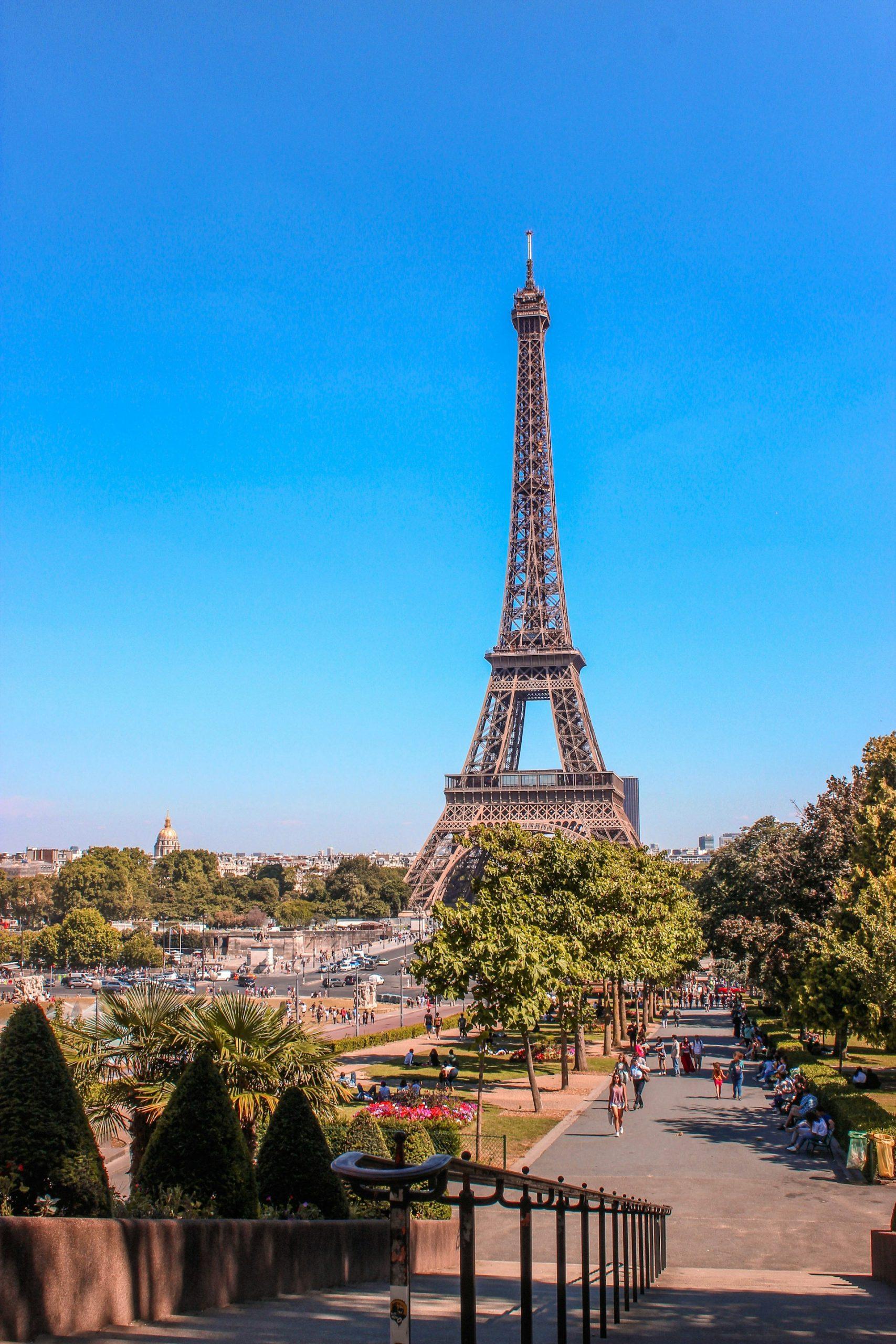
The aesthetic design of the Eiffel Tower is a subject that artists and architects have worked on for a long time. The tower is one of the most important buildings not only in Paris but also in the history of world architecture.
The aesthetic design of the Eiffel Tower has inspired many people over time and led to the construction of similar structures. Today, the tower still stands out as a fascinating structure and offers an aesthetic experience to its visitors.
Important details about the aesthetic design of the Eiffel Tower
Many people think that the antennas on the top of the Eiffel Tower are actually aesthetic detractors, but they actually add functionality to the tower. Thanks to the antennas, the tower is able to transmit radio and television signals.
Another remarkable detail is the lighting system used in the tower. Every night, the Eiffel Tower successfully completes its night visuals by shining a magnificent light around it. This lighting system is used to create different atmospheres for the tower.
The aesthetic design of the Eiffel Tower inspires many photographers around the world. The tower always stands out as an impressive and aesthetic structure in photographs taken from different angles.
| Aesthetic Design Features | Description |
|---|---|
| Steel Construction | The steel construction of the Eiffel Tower provides an aesthetic appearance. |
| Elegant Silhouette | The tower is lightweight thanks to the steel material used, resulting in an elegant silhouette. |
| Details | The elevators, stairs and platforms inside the tower are aesthetically designed. |
| Lighting System | The night lighting of the tower creates an aesthetic and impressive atmosphere. |
Touristic Importance of the Eiffel Tower
The Eiffel Tower is one of the most visited tourist attractions worldwide. As the symbol of Paris, the tower is not only a landmark of the city, but also stands out for its historical and cultural value.
The tourist importance of the Eiffel Tower can be seen in many ways. Firstly, the tower is aesthetically appealing and attracts tourists. Photographs of this world-famous landmark are often used in books, magazines and movies.
The Eiffel Tower is also one of the most important elements of the Paris skyline. Visible from every point of the city, the tower offers tourists an unforgettable visual experience. The parks and picnic areas around the tower also provide an attractive accommodation and recreation area for tourists.
On the other hand, the historical and cultural value of the Eiffel Tower is of great importance for tourists. The tower was built in 1889 and is a symbol of the French industrial revolution. Designed by Gustave Eiffel, it is considered an artistic and technical achievement.
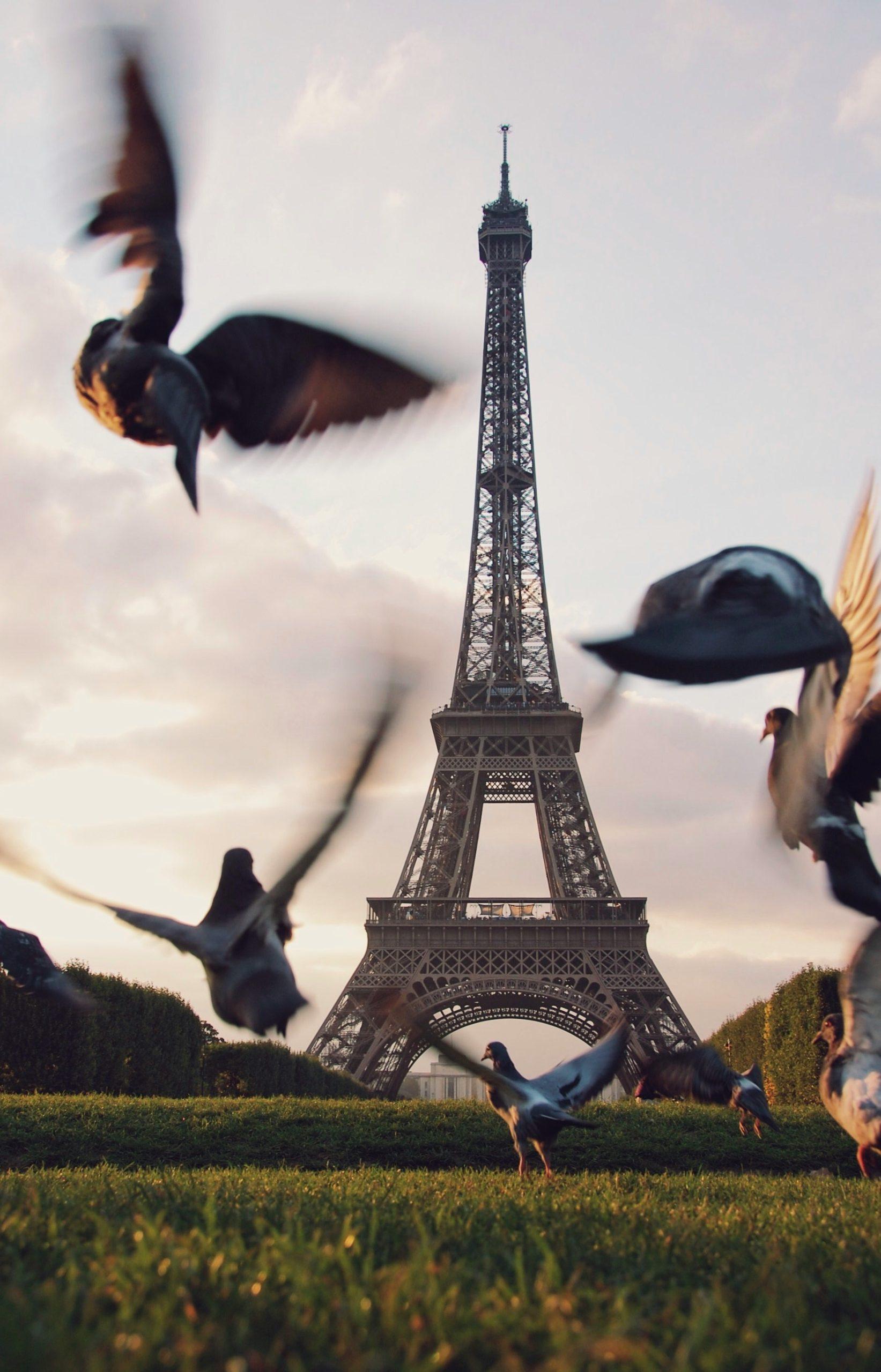




Tourists visiting the Eiffel Tower can enjoy a panoramic view of the city from the upper floors. This view offers tourists the opportunity to discover the beauties of Paris and understand the city better. Restaurants and exhibition spaces in the tower also attract tourists.
The Eiffel Tower is one of the most iconic buildings not only in Paris but also in the world. It continues to be the center of attention of tourists with its architectural beauty and historical texture.
Table: Tourist Visitors to the Eiffel Tower (2020)
| Moon | Number of Visitors |
|---|---|
| January | 100,000 |
| February | 150,000 |
| Mart | 125,000 |
| April | 200,000 |
| May | 300,000 |
| June | 400,000 |
| July | 500,000 |
| August | 600,000 |
| September | 350,000 |
| October | 250,000 |
| November | 175,000 |
| December | 150,000 |
Areas inside the Eiffel Tower
Behind the Eiffel Tower’s exciting exterior, there are also many different spaces and uses inside. In this section, we will share with you the areas inside the Eiffel Tower and their characteristics.
1. Ground Floor
As you enter the Eiffel Tower, the ground floor serves as a welcoming area. There are informative panels, guides and souvenir shops.
2. First Floor
On the first floor of the Eiffel Tower, there are restaurants and cafés. Here you can have an unforgettable dining experience and enjoy a unique view of the Eiffel Tower.
3. Second Floor
The second floor is the last elevator to the top of the Eiffel Tower and offers a panoramic view. From here, visitors can observe all the beauty of Paris and make unforgettable memories.
4. Third Floor
The third floor of the Eiffel Tower serves as an exhibition space. Here you can find interesting information about the history of the Eiffel Tower and its construction.
These areas inside the Eiffel Tower offer different experiences that will appeal to every visitor. When you visit the Eiffel Tower, take the time to explore this unique structure.
Lighting System of the Eiffel Tower
The Eiffel Tower has become a symbol of Paris. While it dazzles with its impressive architecture during the day, it is illuminated with a different magic at night. The lighting system offers a spectacular visual feast for those who visit the tower at night, making this iconic structure even more striking.
The Eiffel Tower’s lighting system has been the result of detailed planning and expert design. The lights emanating from the tower emphasize every detail of the Eiffel Tower, creating an impressive silhouette. This system provides visitors with an unforgettable experience.
The lighting system is designed using LED technology. This ensures energy efficiency and an eye-catching lighting effect. The LED lights completely surround the tower and create a moving scene with different colors of light.
The lighting system of the Eiffel Tower has programmable features. In this way, the tower can be illuminated with different colors and patterns on special occasions or special events. It also has a light program that changes according to the time of day. These features allow the Eiffel Tower to become a symbol of the city at night.
This unique lighting system provides an exquisite highlight of the Eiffel Tower’s nighttime appearance. This visual feast, which attracts the attention of both locals and visitors, plays an important role in transforming Paris into one of the most famous tourist attractions.
Restoration Process of the Eiffel Tower
The Eiffel Tower is recognized worldwide as a historical and cultural landmark. This unique structure has been exposed to natural and man-made influences over time and has been in need of maintenance. In this section, we explain in detail the restoration process and maintenance of the Eiffel Tower.
The Eiffel Tower has undergone many restoration processes since it was first built. Its purpose is to ensure the durability and safety of the structure, preserve the original architectural elements and details and pass them on to future generations. The restoration process requires a long planning and meticulous work.
During the restoration process of the Eiffel Tower, damages and deformations in the structure are first identified. This determination is examined in detail by experts and appropriate repair methods are determined. During restoration works, it is of great importance to use original materials and preserve the architectural integrity of the building.
Steps Applied in the Restoration Process
- Damage Assessment: All components of the Eiffel Tower are examined in detail and damages are detected. This is done through technical inspections, measurements and analysis by experts.
- Repair Planning: A repair plan is prepared in line with the detected damages and deformations. This plan includes appropriate repair methods and materials for each component of the building.
- Intervention and Repair: The repair process is meticulously carried out by experts and experienced teams. Damaged areas are repaired, protective coatings are applied and the durability of the structure is ensured.
- Preventive Maintenance: After the restoration is complete, the Eiffel Tower continues to require preventive maintenance. Routine inspections and maintenance work are carried out regularly to prepare the structure for the years to come.
The restoration process of the Eiffel Tower reflects a great respect for French culture and heritage. The aim of this process is to pass on the Eiffel Tower to future generations and preserve the heritage of which we are so proud. Thanks to the restoration work, the Eiffel Tower retains its luminosity and former beauty.
Current restorations to the Eiffel Tower
| Restoration Year | Operations Performed |
|---|---|
| 1980 | Renewal of worn paint and application of anti-corrosion coating |
| 2000-2001 | Elevator modernization and restoration |
| 2018 | Modernization of the lighting system and increasing energy efficiency |
The restoration process of the Eiffel Tower is important to preserve the structure and pass it on to future generations. These works increase the tourist attraction of the Eiffel Tower and offer visitors a unique experience.
Symbolic Meaning of the Eiffel Tower
The Eiffel Tower is one of the most iconic landmarks of Paris, the capital of France. Although controversial at the time of its construction, it has become a symbol of the city over time. The symbolic meaning of the Eiffel Tower can be interpreted in different ways and have different meanings in different societies.
The Eiffel Tower is perceived as linked to romance, art and technological progress. It creates a romantic atmosphere for both locals and visitors and reinforces the romantic image of Paris. It is also considered an expression of art and individuality.
The Eiffel Tower can also be seen as a symbol of technological progress. At the time of its construction, it was built using new and innovative materials such as iron and steel. This refers to the engineering and structural advances at the time. Moreover, the height and size of the structure are considered an outstanding technological achievement.




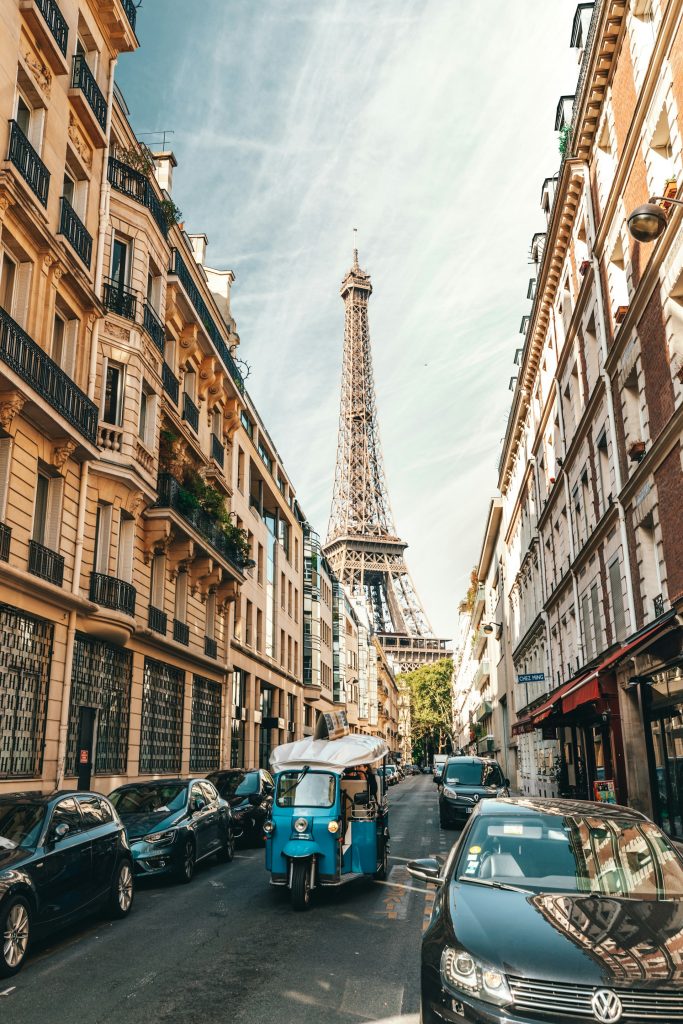
The Eiffel Tower can have different symbolic meanings for different societies. For some it is a symbol of freedom and independence, for others it represents the identity of Paris.
The symbolic meaning of the Eiffel Tower is also shaped by the roles it plays and the importance it has acquired over the years. As a tourist attraction, it is recognized worldwide and has become a popular landmark for visitors, which increases its symbolic value.
To summarize, the symbolic meaning of the Eiffel Tower can vary from person to person. It has many different meanings such as romance, art, technology and freedom. However, one thing they all have in common is that the Eiffel Tower is a symbol of Paris and a globally recognized landmark.
Cultural and Historical Value of the Eiffel Tower
The Eiffel Tower is not only an architectural landmark, but also of great cultural and historical value. Completed in 1889, this magnificent structure has become a symbol around the world.
The cultural value of the Eiffel Tower stems from the fact that it is considered part of French culture. This tower, which has become the symbol of Paris, has been frequently featured in French art and literature. We can see this with examples such as the use of the Eiffel Tower as a stage in Victor Hugo’s famous novel The Hunchback of Notre-Dame.
In addition, the historical value of the Eiffel Tower is also noteworthy. It was built by a team led by Gustave Eiffel. The details of the construction process and the materials used are an important source of information about the engineering and construction techniques of the period. The construction of the Eiffel Tower can also be considered as a symbol of the industrial revolution.
The Eiffel Tower has hosted many important events throughout history. The tower, which was the tallest structure in the world when it was first opened, offers its visitors a panoramic view of Paris. In addition, many famous people and historical figures have visited the tower and made important memories.
The cultural and historical value of the Eiffel Tower is of great importance not only for France but also for the world. Visitors flock to Paris to see and experience this impressive structure. In addition to being a tourist attraction, the Eiffel Tower is part of a great cultural and historical heritage.
| Cultural Value | Historical Value |
|---|---|
| The Eiffel Tower has become a symbol of French culture. | The construction process and the materials used provide information about the engineering and construction techniques of the period. |
| The Eiffel Tower is frequently featured in works of art and literature. | Its construction is a symbol of the industrial revolution. |
| Many famous people and historical figures have visited this tower. | The construction of the Eiffel Tower can be considered a historical event. |
Frequently Asked Questions About the Eiffel Tower
1. When was the Eiffel Tower built and by whom?
The Eiffel Tower was built in 1889 by French engineer Gustave Eiffel. The tower was built to celebrate the 100th anniversary of the French Revolution.
2. What is the height of the Eiffel Tower?
The total height of the Eiffel Tower is 330 meters with the television antennas. However, without the antennas, the tower is 300 meters high.
3. How many floors is the Eiffel Tower?
The Eiffel Tower has three floors in total. Visitors can use an elevator or stairs to get up to the tower.
4. What kind of events are held at the Eiffel Tower?
The Eiffel Tower hosts various events. These include private receptions, concerts, exhibitions and special light shows.
5. What is the entrance fee for the Eiffel Tower?
There is an entrance fee to visit the Eiffel Tower. Fees may vary depending on the time of visit and age. You can visit the official website for current prices.
6. How can I get to the Eiffel Tower?
It is quite easy to reach the Eiffel Tower. Since it is located in the center of Paris, you can use public transportation such as metro, bus or taxi, or you can reach it on foot.
7. What are the best times to visit the Eiffel Tower?
The best times to visit the Eiffel Tower are usually early morning or late afternoon. The tower can be less crowded at these times and the view can be more pleasant.
8. In which languages are guides available at the Eiffel Tower?
Guiding at the Eiffel Tower is usually available in common languages such as French, English, Spanish, German and Italian. However, you may need to book in advance for guides in more languages.
9. Is it okay to go to the Eiffel Tower with children?
Yes, it is quite suitable to go to the Eiffel Tower with children. However, for small children, the elevator is preferable to the stairs. There are also special events and activities for children.
10. What security measures are in place at the Eiffel Tower?
The Eiffel Tower takes various security measures to ensure the safety of visitors. These measures include metal detectors, security cameras and security personnel. There are also emergency exits and fire-fighting equipment for use in emergencies.
My thoughts about the Eiffel Tower
The Eiffel Tower is one of the most recognizable buildings in the world, which has become a symbol of Paris. With its size, aesthetic beauty and historical significance, it is not only a building, but also a symbol of human culture. As a product of Gustave Eiffel’s engineering genius, this tower has inspired and fascinated many visitors over time.
Studying the Eiffel Tower requires not only understanding its physical features and architectural details, but also its evolution and cultural impact from the past to the present. While the tower is considered a landmark in the history of architecture, it is much more than just a building, as it is a symbol of Paris.
In this article, we have explored in detail the history, architecture and cultural significance of the Eiffel Tower. As we have seen, it is not just a structure made of iron and steel, but a symbol of human creativity and progress. The meaning and impact of the Eiffel Tower will live forever in the collective memory of not only France, but the whole world.
If you haven’t read it yet, you can also check out our Selimiye Mosque / Future Design review…
Architect: Gustave Eiffel
Architectural Style: Iron Lattice Structure
Year: 1889
Location: Paris, France


